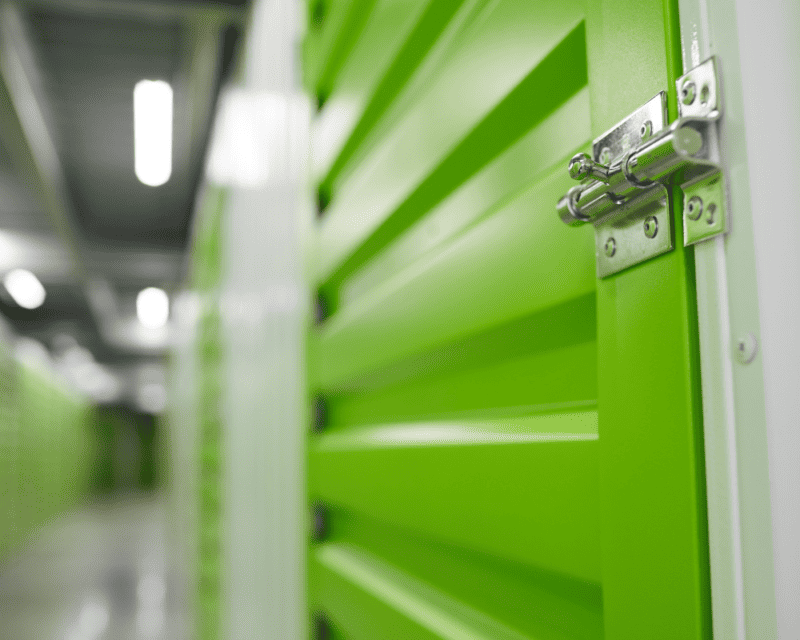Renting a storage unit can provide extra space when you need it, whether you’re moving, renovating your home, or just having too much stuff. With so many storage facilities and unit sizes available, how do you choose the right one? This guide will walk you through the key factors to consider.
Determine How Much Space You Need

First, estimate how much space you need to store your belongings. Make a list of everything you want to keep in the unit and estimate how much space these items will take up. Allow some extra room for future additions. For example, if you’re storing furniture, measure each piece and calculate the total square footage needed. Estimate how many standard cardboard boxes your items will fill if it’s boxes.
A good rule of thumb is to rent a 5×5 unit for the contents of a one-bedroom apartment or 10×10 for a two to three-bedroom house. Utilizing WheeKeep as your storage solution adds an extra layer of versatility, ensuring that your items are not only securely stored but also easily accessible when needed.
Consider Climate Control Options
Many storage facilities offer climate controlled units to protect your belongings from extremes in temperature and humidity. This is especially important if you’re storing valuables like artwork, electronics, or delicate items that could warp or degrade over time in unsuitable conditions. Climate control adds to the cost but can be worth it for sensitive items.
If you’re only storing durable goods like furniture or outdoor equipment, a standard unit without climate control will likely suffice and cost less. Just avoid storing anything susceptible to mildew or rust.
Look at Security Measures

The security of the facility is another big consideration when selecting a storage unit. Look for features like keypad gate access, security cameras, motion detectors, guards, and fencing. A reputable company will explain their security protocols to customers. You want assurance that your unit and possessions will be safe from break-ins, theft, or damage.
Check Accessibility and Hours
Consider when and how easily you’ll need to access your unit. Is the facility open seven days a week or only during business hours? This is especially important if you may need to retrieve items from storage frequently. Also, look at the facility’s location and how convenient it is for you to access.
Many storage companies allow 24/7 access. However, unmanned facilities can pose greater security risks. If you need after-hours access, look for units with PIN code gates or onsite security guards.
Compare Payment Options
Storage facilities offer different payment options – some more flexible than others. Most accept checks and credit cards for the rent each month. Many now also accept online payment through their website for convenience. This allows you to pay your bill from home without having to visit the office in person.
Some companies only accept payment in full at the beginning of each month. Others allow pro-rated rent payments, which can be useful if you’re only using the unit for a short period of time, like a few weeks or months. Ask about payment policies before signing a rental agreement.
Insure Your Belongings
Finally, check if your homeowner’s or renter’s insurance policy covers items kept in storage. If not, ask the storage company about supplemental insurance to cover any damage, theft, or loss of your possessions while in storage. For expensive or sentimental items, it’s often worth getting additional coverage for peace of mind.
Visit in Person

If possible, visit the facility in person before committing to a unit. View the actual unit you’re renting and get a feel for the amenities, cleanliness, staff, and overall security of the premises. A quick visit can help you determine if a storage facility is the right fit.
Finding the right storage solution involves balancing your space needs, budget, and convenience. Following these guidelines will ensure you select a unit that meets your storage requirements with terms you’re comfortable with. Proper planning and research are key to a positive storage experience.
